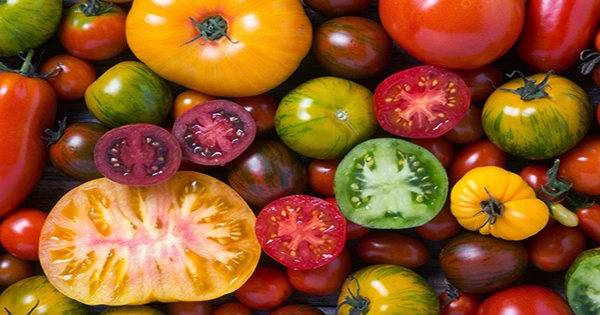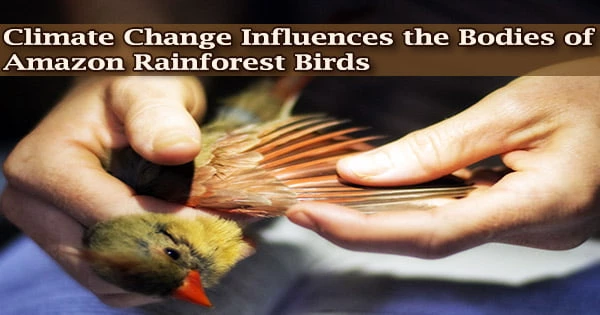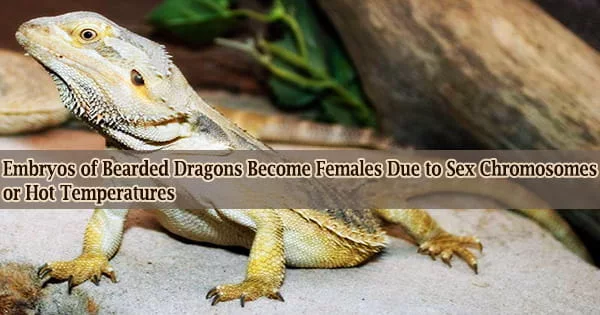Thanks to a recent decision by US regulators, purple tomatoes that have been genetically modified to be loaded with antioxidant pigments might be making their way to the dinner plates of gardening Americans by next spring.
The “Big Purple Tomato,” produced by Norfolk Plant Sciences (NPS), will be legal to buy seeds of and raise in the US starting in early 2023, according to an assessment recently approved by the United States Department of Agriculture (USDA).
The genetically modified (GM) tomato was approved when regulators determined that it did not present a higher danger of plant pests than its conventional red tomato relatives.
“This is amazing; I never imagined I’d live to see this day. As the brains behind the Big Purple Tomato from the UK’s John Innes Centre, Professor Cathie Martin said in a statement, “We are now one step closer to my ambition of sharing nutritious purple tomatoes with the many people delighted to taste them.
Professor Martin and a group from the John Innes Centre created the bizarrely colored tomatoes for the first time in 2008. They were developed via a relatively straightforward genetic mutation that told the plants to make large amounts of anthocyanins, the powerful pigment present in a variety of foods that are frequently referred to as “superfoods,” including blueberries, red cabbage, and many others.
Anthocyanin-producing genes are already present in the traditional red tomato, but they are not “switched on” in most other fruits. There are also other tomato types with purple skin, albeit their flesh doesn’t have a lot of anthocyanins.
Scientists introduced two genes from snapdragons, a vividly colorful flower native to North America, Europe, and North Africa, to the tomato to activate its intrinsic ability to produce anthocyanins.
High amounts of anthocyanins have been linked to a number of health advantages, including a decreased risk of heart disease, in addition to their attractive appearance. Some contend that anthocyanins don’t live up to the hype, but not all of their alleged health benefits have been proven.
This regulatory approval was attained after a protracted and difficult process. As Professor Jonathan Jones of the Sainsbury Laboratory explains, “We never expected it would take so long to secure regulatory permission when Cathie and I formed NPS about 15 years ago to bring to market health-promoting, genetically altered purple tomatoes, invented in the UK.”
Even though GM tomatoes have been around for a while, scientists and businesspeople have found it challenging to dominate the market. The genetically altered tomato Flavr Savr, which has a slightly different texture, a longer shelf life, and greater fungal resistance, became popular in the 1990s.
After the FDA approved it in 1994 and concluded that the tomatoes were “as safe as tomatoes developed by conventional procedures,” the tomatoes quickly appeared on grocery shelves. However, the business failed after three years, and Flavr Savr’s production was stopped in 1997. The US people were concerned about the idea of “Frankenfood,” but they couldn’t get beyond the taste of GM tomatoes.
















